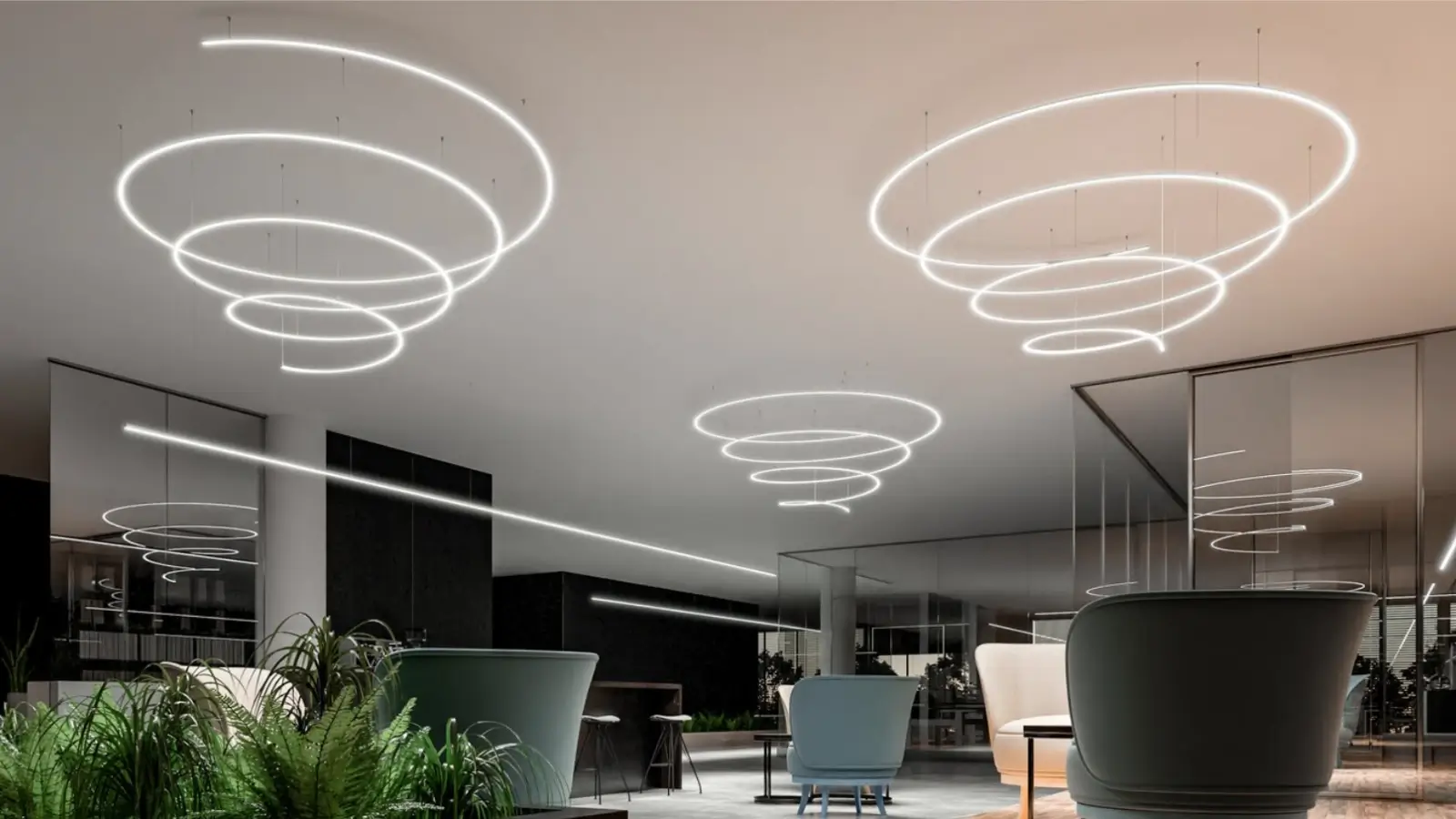


Choosing the right commercial lighting for your business is a crucial decision that can significantly impact both the aesthetics and functionality of your space. The correct lighting can create a welcoming environment for customers, enhance employee productivity, and even lower energy costs.
With a wide range of lighting options available, it can be challenging to determine what will work best for your specific business needs. In this blog post, we will guide you through the key factors to consider when selecting commercial lighting, ensuring you make an informed choice that suits both your operational requirements and brand identity.
Commercial lighting is not just about brightening up a space; it sets the mood and tone of your business environment. The right lighting influences customer experiences, employee wellbeing, and even product presentation.
It can also contribute to your brand image, helping to convey your business’s personality, professionalism, and attention to detail. Poor lighting can create a dim, unwelcoming atmosphere, while harsh, overly bright lights can cause discomfort. Striking the right balance between brightness, colour temperature, and energy efficiency is essential to maintaining a functional and inviting space.
Before choosing commercial lighting, consider the purpose of the space. The lighting needs of a retail store will be vastly different from those of an office or restaurant. The lighting in each area should cater to the specific tasks or experiences you want to create.
The colour temperature of your lighting is another essential factor to consider. Colour temperature is measured in Kelvins (K) and refers to the warmth or coolness of light. The right colour temperature can affect the overall feel of your business.
Energy-efficient lighting is not only environmentally friendly but also cost-effective in the long term. Commercial lighting systems can account for a large portion of your business's energy consumption, so opting for LED or CFL lights can help reduce electricity bills. LED lights, in particular, are known for their longevity, energy efficiency, and versatility.
In addition to energy efficiency, the distribution and brightness of your lighting are crucial. It’s important to avoid areas that are either too dark or overly bright. This balance can be achieved by choosing the right combination of ambient, task, and accent lighting.
In commercial settings, ensuring that your lighting complies with local building codes and safety regulations is vital. These regulations often cover aspects such as:
There are several types of commercial lighting fixtures to choose from, each offering different benefits based on your needs.
Recessed lighting, also known as pot lights or downlights, is ideal for areas where you need discreet, ambient lighting. This type of lighting is great for office spaces, hallways, and commercial showrooms, offering a sleek, modern look without taking up space.
Track lighting is a versatile option for retail stores and galleries, allowing you to direct light exactly where it's needed. It's perfect for highlighting displays, products, or specific areas within a space.
Pendant lights add style and functionality to spaces like restaurants, cafes, and bars. They come in various styles and sizes, offering both aesthetic appeal and targeted illumination.
These are popular in office environments due to their even distribution of light and energy efficiency. LED panels and troffers are often used for ambient lighting in ceilings, providing soft, diffuse light that eliminates harsh shadows.
Choosing the right commercial lighting is essential for creating a productive, safe, and welcoming environment for both employees and customers. Whether you're outfitting an office, retail store, or restaurant, understanding the key factors, such as functionality, colour temperature, energy efficiency, and light distribution, will help you make the best decision for your business.
Investing in the right lighting solutions will not only improve the atmosphere of your space but also optimise energy consumption, helping you save money in the long run. With so many lighting options available, there’s no doubt you’ll find the perfect solution to elevate your business environment.